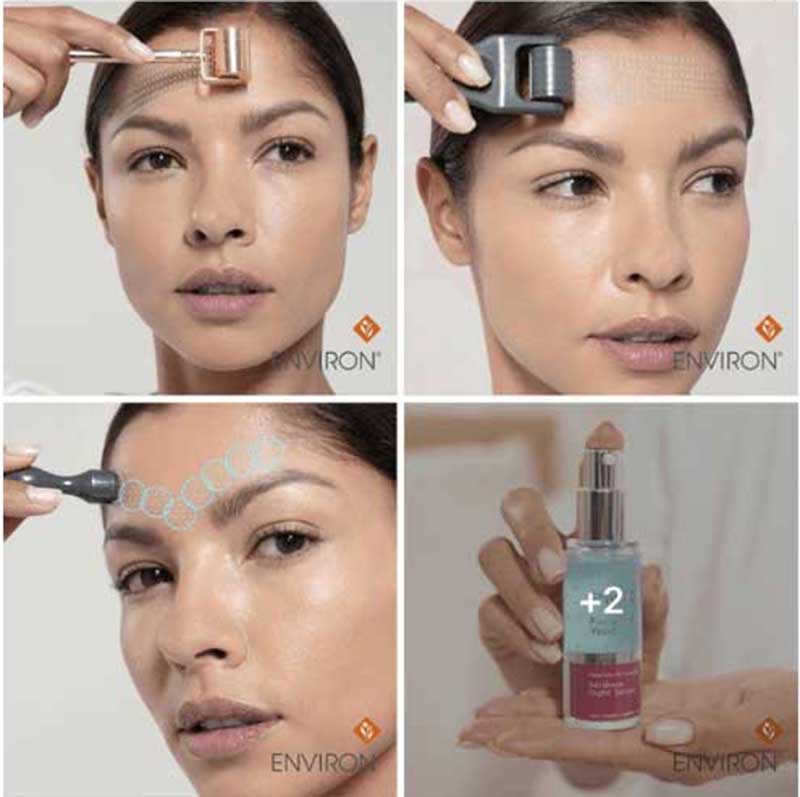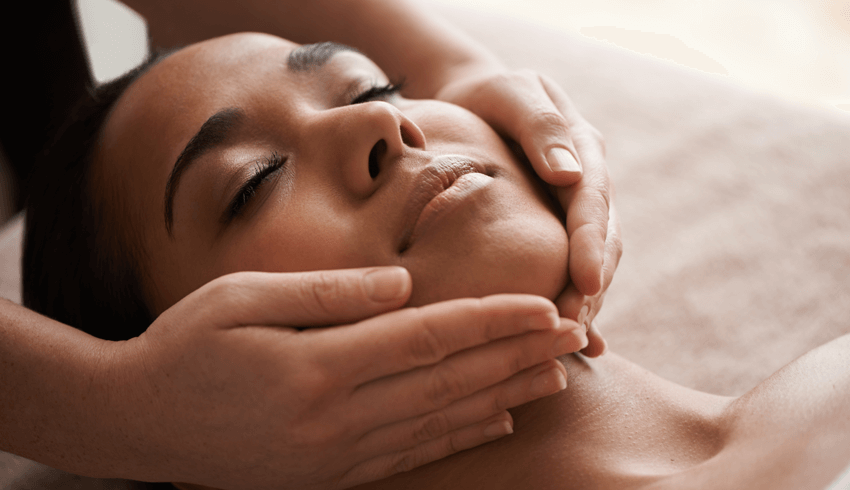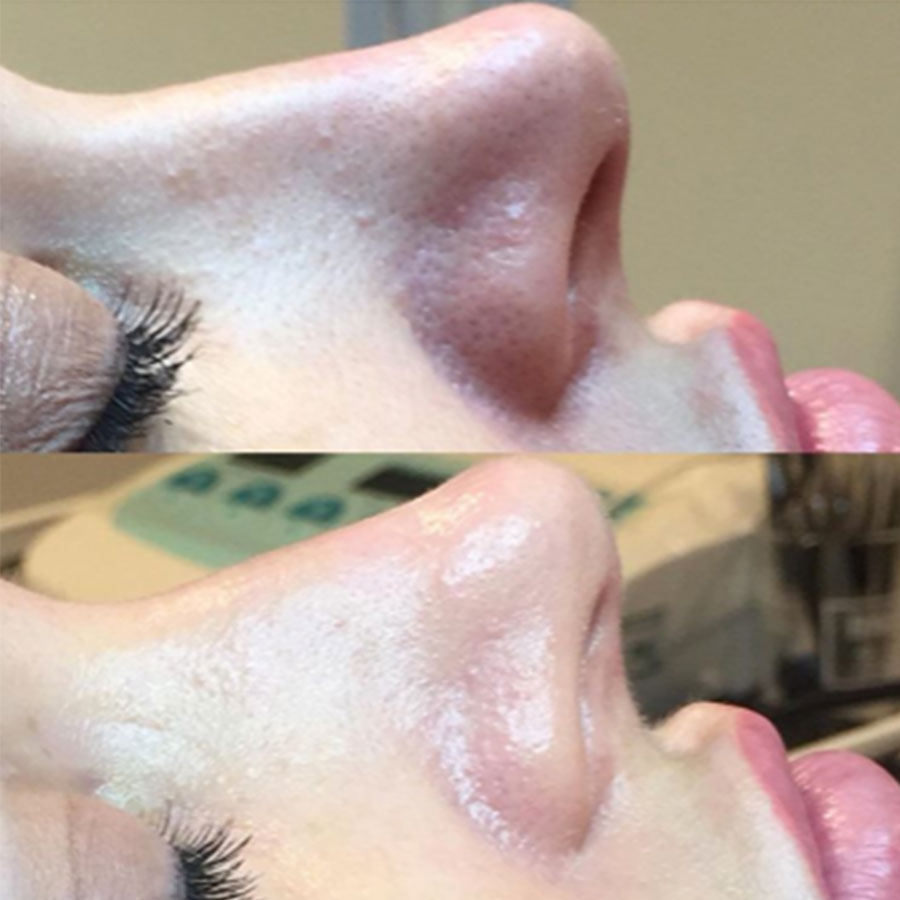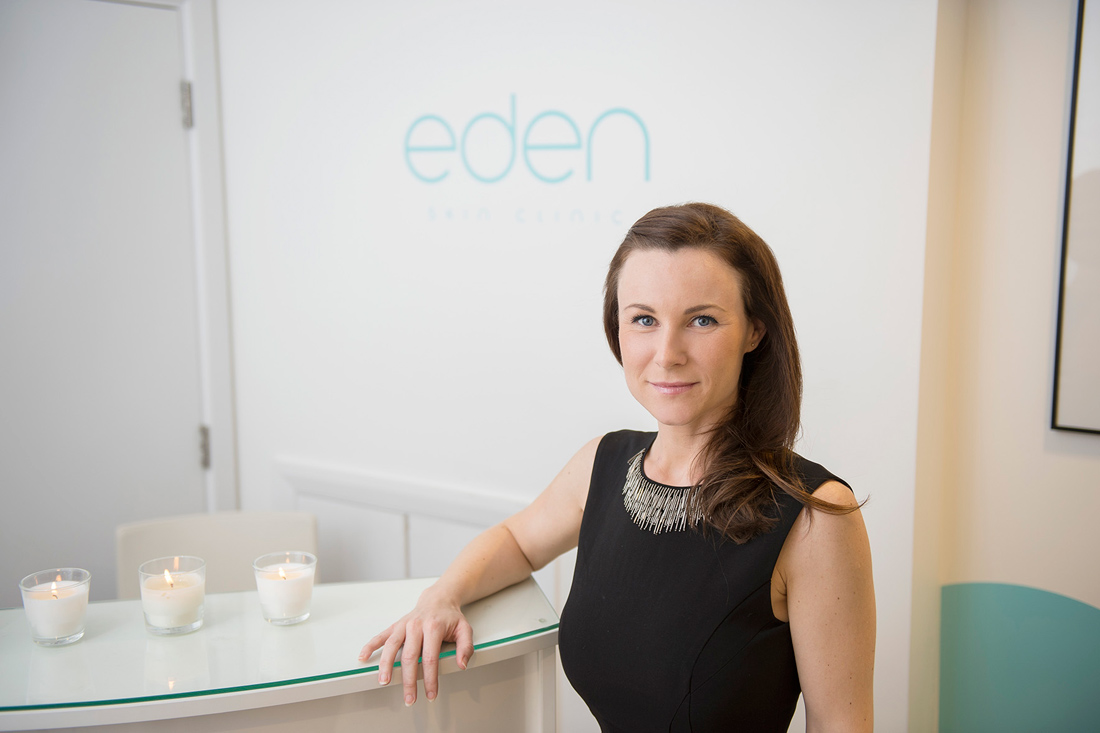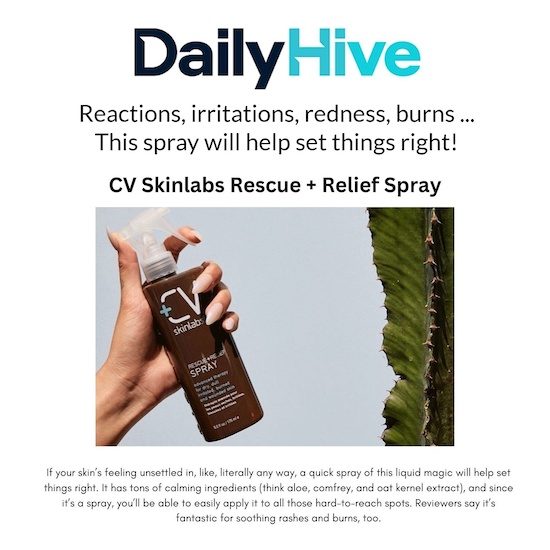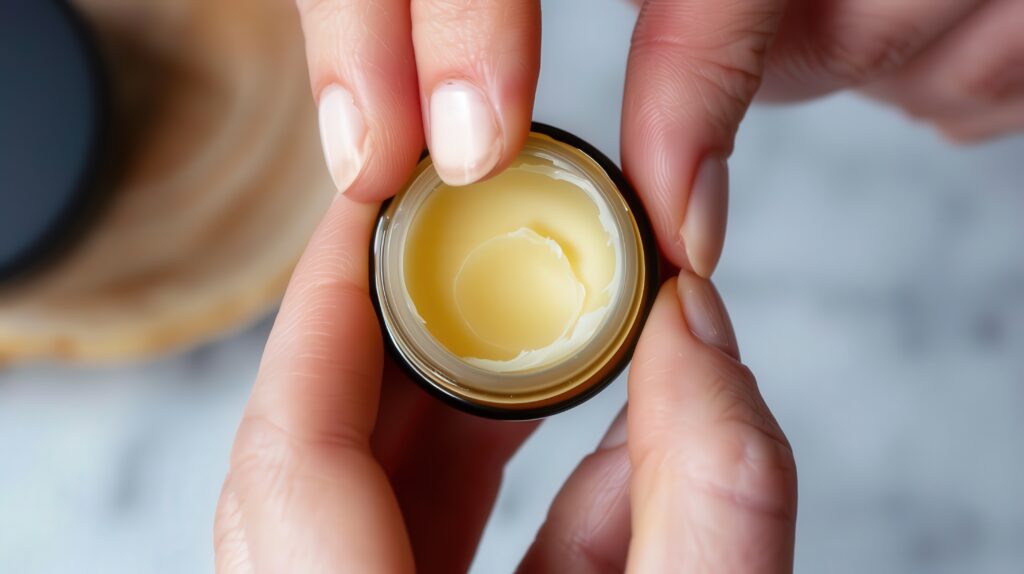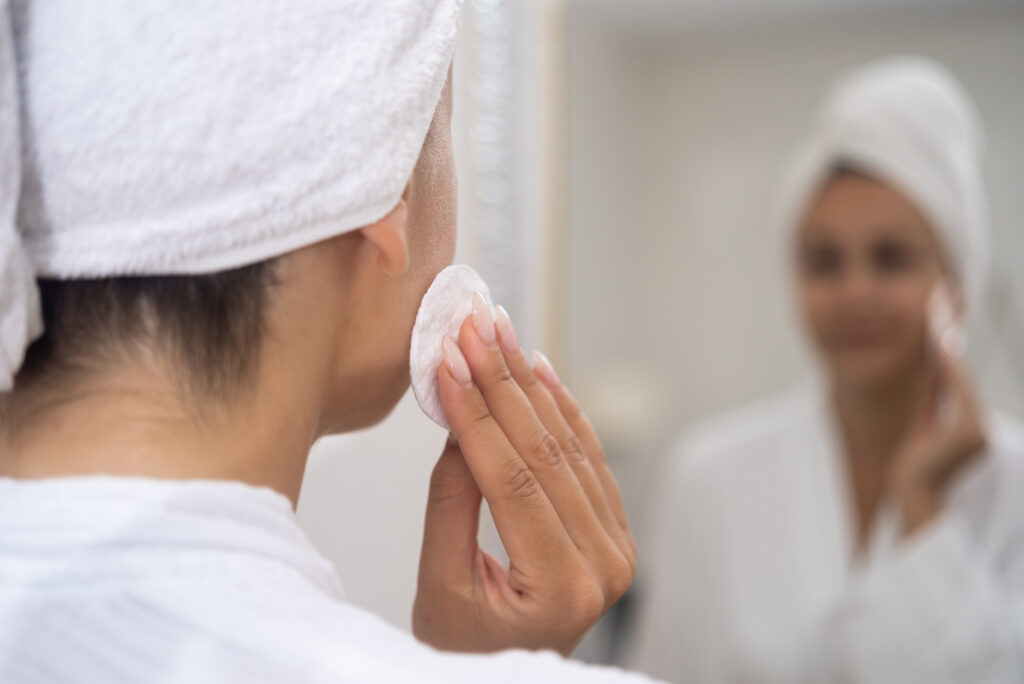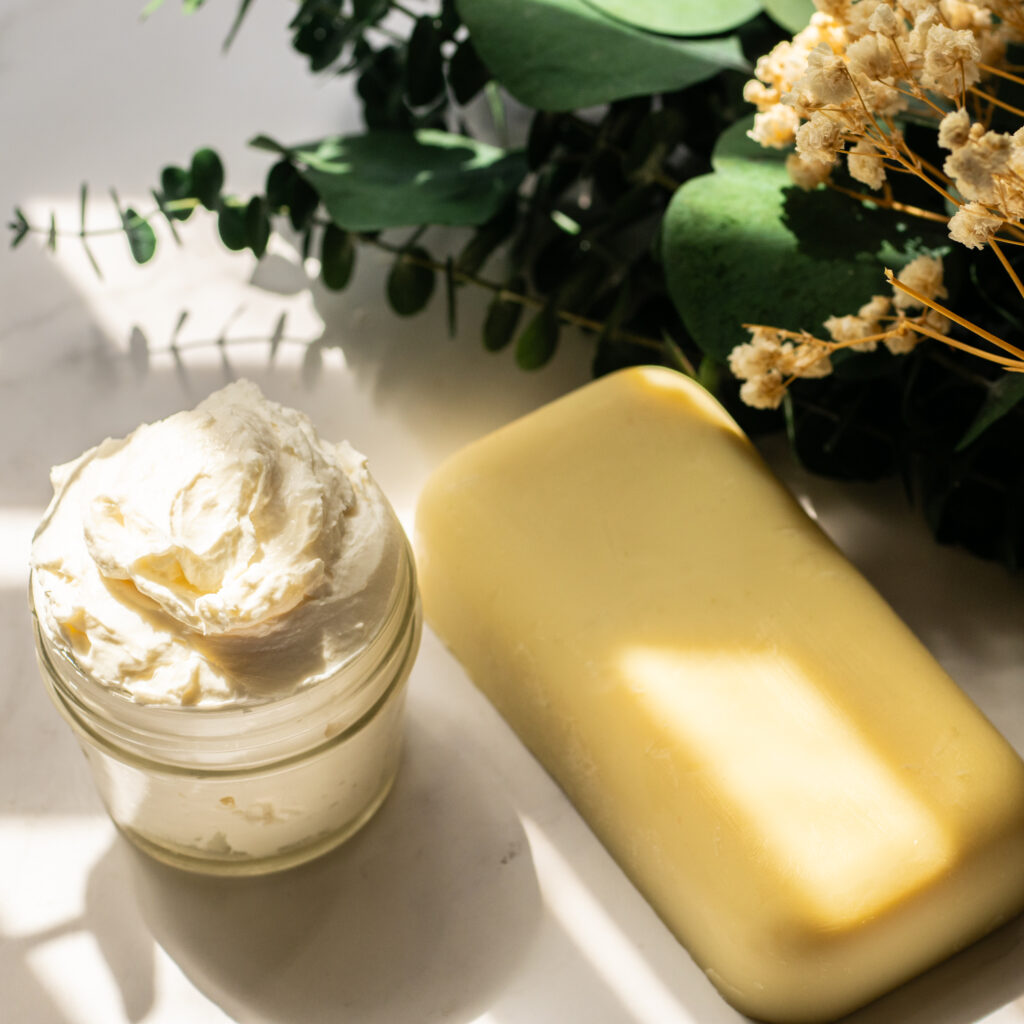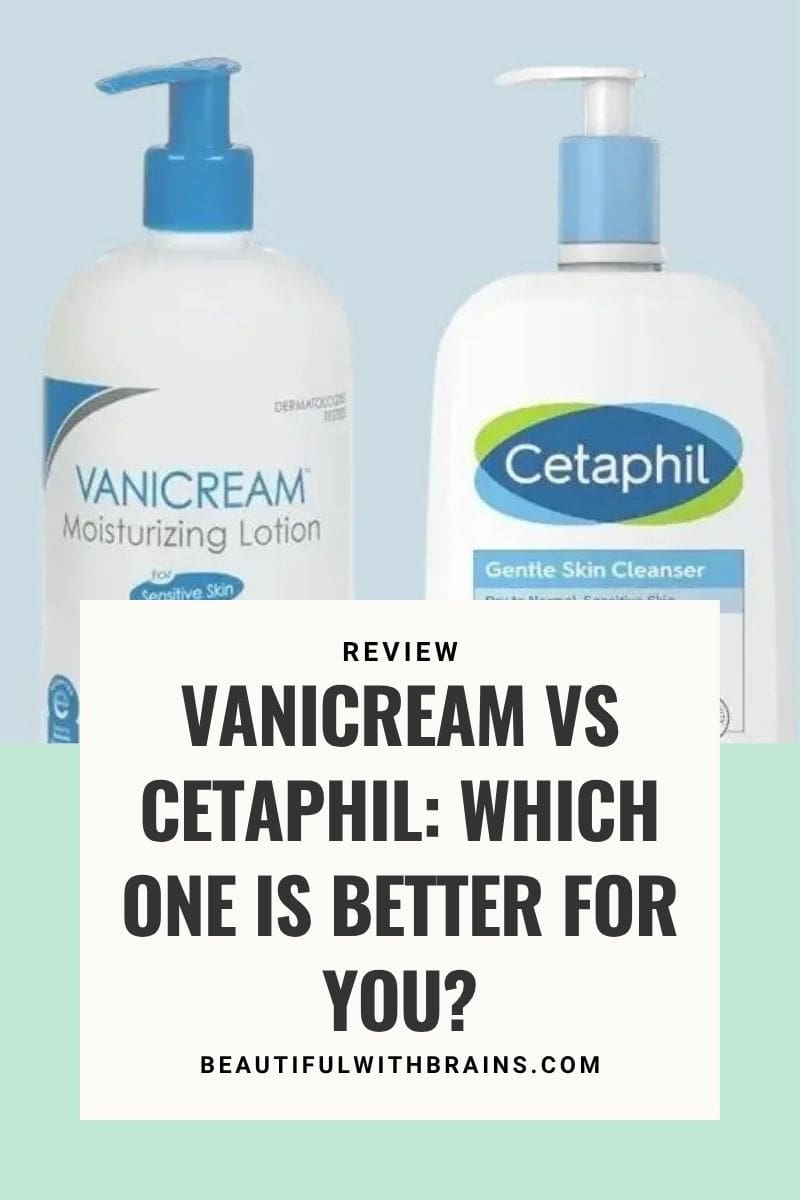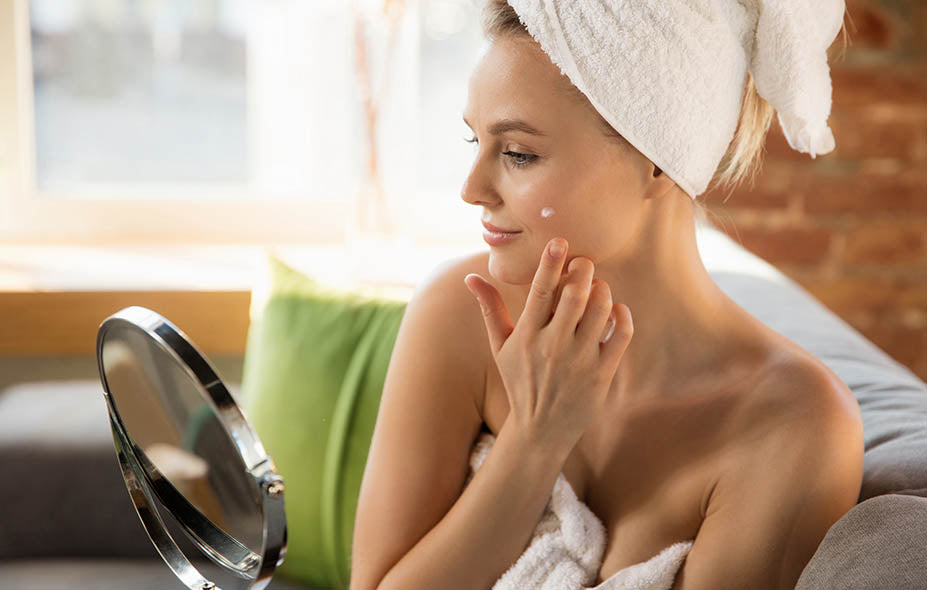What is this new craze micro needling that everyone is talking about?
Well, the truth is, it’s not new at all. Although micro needling, in the medical sense, was first introduced in 1905, Cosmetic Needling was not introduced until 1995, and has been a buzz word ever since, gaining more and more momentum. The increase in popularity was due to the enhanced results that are achieved when one incorporates Cosmetic Needling to their skin care regimen. When we apply our skin care topically, the amount of those ingredients that will actually get delivered to the skin will be dependent on the thickness of the stratum corneum and the ability for that ingredient to pass the lipid barrier of our skin, which can be as low as 2% in some cases. When adding Cosmetic Micro Needling, that number can increase over 80% of ingredients being delivered to the skin. When Cosmetic Micro Needling, we create microscopic channels in the stratum corneum of the skin which does not hurt and will not damage the skin when done correctly with the proper needling roller. The sole purpose of Cosmetic Needling is to allow for enhanced effectiveness of topically applied ingredients.
The skin is the largest organ of the body and our first line of defense.
The Epidermis is 0.1-0.2mm in thickness, as thin as a sheet of paper, and our Stratum Corneum which is our true protection barrier is even thinner at 0.01-0.02mm. Although this layer is very thin it impedes the absorption of chemicals and water soluble ingredients, so we need to rely on other methods and tools in order to get ingredients not just on the skin but to make true effective changes to the look and feel of the skin.
Are all needling instruments the same?
Absolutely not! There are certain things to look out for when looking into using a Cosmetic Needling roller. First, experience, research, and knowledge behind the company are important factors to consider. Second, manufacturing standards-Not all Cosmetic Needling rollers are manufactured in the same safe, high standard as others. For example, the length of the needles should not be too long as to hurt, should feel comfortable, and also should be made of high quality surgical stainless steel. Third, the quantity of needles on the roller matters so that it is able to create the micro channels effectively in the stratum corneum.
Cosmetic Needling should be done in the evening hours only, since the micro channels stay open for a couple of hours after. To reduce the risk of any damage, it is safer not to roll before direct exposure to UV radiation, application of makeup, or sunscreen.
Cosmetic Needling should be introduced slowly by beginning every third night, then every other, then eventually every night. Cosmetic Needling depth is categorized as any length between a .1mm- .3mm with the most popular length being .1 or .2 mm. At night, after cleansing and toning, needling should be done on dry skin. In order to get the best concentration of micro channels in the skin, it is best to roll in a 3 fold pattern: vertical, horizontal, and diagonal. This will allow for better effectiveness of ingredients.
After Cosmetic Needling, the roller should be rinsed under hot water then carefully placed to dry with needles not touching a hard surface. They should then be soaked in a designated cleansing solution once a week for deeper cleaning. Cosmetic rollers are never to be shared; they are for individual use only. The type of ingredients and formulations that are used after rolling are vital for not just how the skin will tolerate it but for making efficacious results. Using safe formulations such as fat soluble forms of vitamin A and C, growth factors, and peptides will not only ensure that the skin will not become irritated or react in a negative way, but it will assist in improving the appearance of fine lines and wrinkles, pigmentation, scarring, and lax skin. Histologies of the skin have shown an improvement in the appearance of the thickening of the stratum corneum by 100% and a more compact stratum corneum when incorporating cosmetic needling with these skin friendly forms of vitamin A and C .
If you’re looking for a non-invasive, safe, effective tool to use at home, then join the Cosmetic Needling craze and see results for yourself! Give us a call to get more info!
Toni Lee Roldan-Ortiz LE, LC credit
